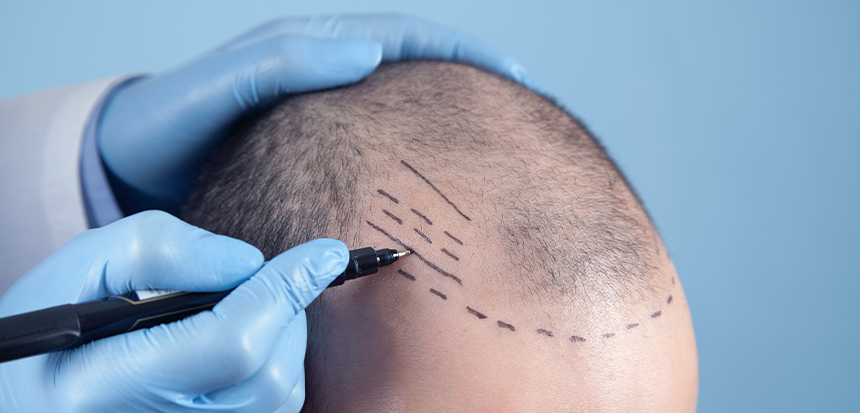
Sapphire FUE hair transplantation is a modern hair loss treatment method. It is done using the "Follicular Unit Extraction" method. In this process, hair follicles are removed one by one from the donor area and transferred to the bald or sparse area. Sapphire FUE, unlike other FUE methods, uses sapphire (zirconium) blades to remove grafts.
Sapphire FUE hair transplantation can generally be applied to men and women who have hair loss problems and have hair follicles suitable for transplantation. If the hair follicles of the person to be transplanted are sufficiently dense and healthy, hair transplantation can be performed with this method.
Sapphire FUE hair transplantation is performed by a specialist surgeon under sterile conditions. The stages are as follows:
Sapphire FUE hair transplantation is a low-risk procedure similar to other hair transplantation methods. However, as with any surgical procedure, some complications may occur. These may be infection, bleeding, swelling or incomplete attachment of hair follicles. However, such complications are rare and can usually be minimized with the proper practice of a good doctor and clinic.